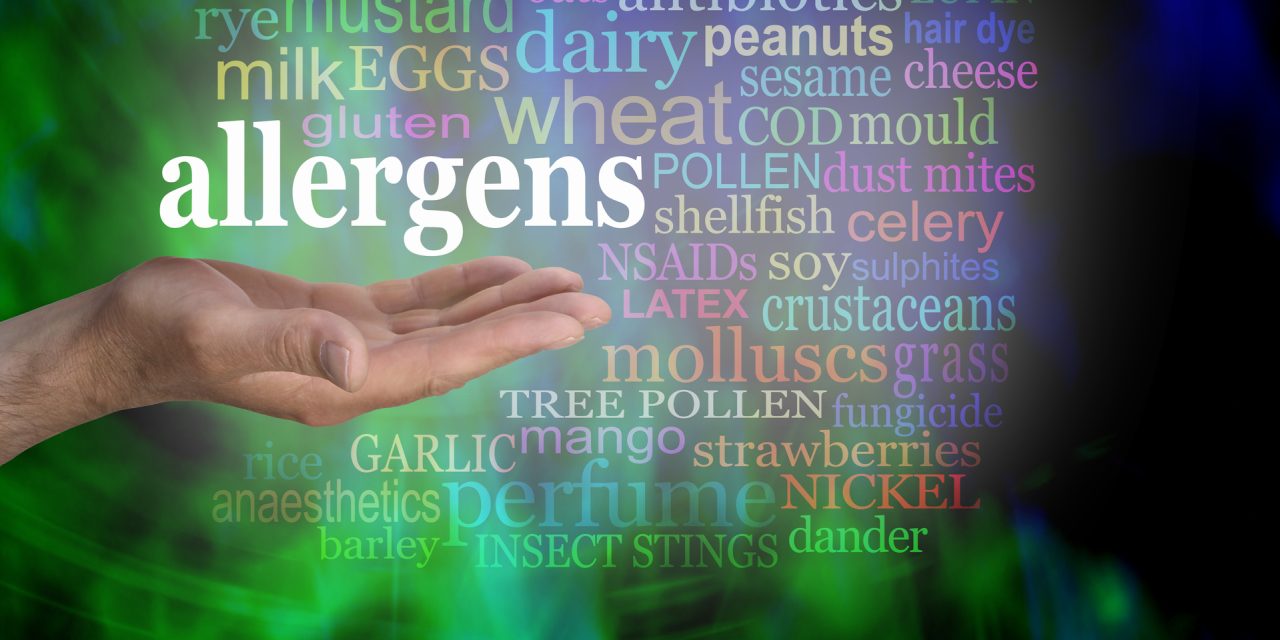The purpose of this study was to examine the prevalence and role of neutrophils in asthma and allergic disorders, as well as the significance of pollen and cat dander-induced innate neutrophil recruitment in allergic sensitization and allergic inflammation. Uncontrolled asthma is related to increased neutrophil counts as well as levels of the neutrophil-attracting chemokines IL-8 and IL-17 in bronchoalveolar lavage fluids. These variables have an inverse relationship with lung function. Pollen allergens and cat dander attract neutrophils to the airways via the toll-like receptor 4, myeloid differentiation protein-2, and chemokine (C-X-C motif) receptor (CXCR) 2. These allergens’ repeated recruitment of activated neutrophils promotes allergic sensitization and airway inflammation. Allergic inflammation can be reduced by inhibiting neutrophil recruitment using a CXCR2 inhibitor, disrupting toll-like receptor 4, or using a small interfering RNA against myeloid differentiation protein-2. The molecular processes by which intrinsically recruited neutrophils to contribute to the change of the allergen-induced airway inflammatory response from neutrophilic to eosinophilic-allergic is a topic of ongoing research.
Recent research has shown that neutrophil recruitment plays a significant role in the development of allergic sensitization and inflammation. Neutrophil recruitment inhibition may be a method for controlling allergic inflammation.


